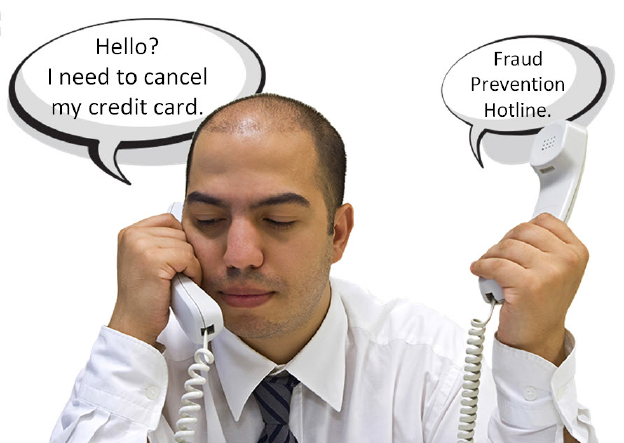Visual Trumps Audio
By: K Rudolph • January 1, 2018

K Rudolph
A published author and an experienced editor and document designer, K's mission is to help authors do great work.
Estimated read time:
In "100 Things Every Designer Needs to Know About People," Dr. Susan Weinschenk shares the secrets of making learning stick and getting a response from people. Her techniques combine behavioral science, psychology, and practical examples. Here's a short teaser with five secrets to a great presentation that can be applied to security awareness.
Visual Trumps Audio.
- People learn best in 20-minute chunks.
- Multiple sensory channels compete. During a talk, you engage both the auditory and visual channels — because we’re visual creatures and the visual channel trumps the auditory, make sure your slides don’t require people to read much or otherwise distract from the talk. We do this in our awareness courses.
- What you say is only one part of your presentation. Paralinguistics explores how information is communicated beyond words — be aware the audience is responding to your body language and tone. Record yourself presenting to get a feel for those and adjust accordingly.
- If you want people to act, you have to call them to action. At the end of your presentation, be very specific about exactly what you would like your audience to do.
- People imitate your emotions and feel your feelings. If you’re passionate about your topic, this excitement will be contagious for the audience. Don’t hold back.
Seth Godin, a business blogger and author, puts it well when he explains that communication is the transfer of emotion. He says:
Our brains have two sides. The right side is emotional, musical, and moody. The left side is focused on dexterity, facts and hard data.
When you give a presentation, people use both parts of their brain. So they use the right side to judge the way you talk, the way you dress, and your body language.
You can wreck a communication process with lousy logic or unsupported facts, but you can’t complete it without emotion. Logic is not enough. If all it took was logic, no one would smoke cigarettes. No one would be afraid to fly on airplanes. And every smart proposal would be adopted. Logic is essential, but without emotion, you’re not playing with a full deck.
PowerPoint presents an amazing opportunity. You can use the screen to talk emotionally to the audience’s right brain (through their eyes), and your words can go through the audience’s ears to talk to their left brain.
The home run is easy to describe: You put up a slide. It triggers an emotional reaction in the audience. They sit up and want to know what you’re going to say that fits in with that image. Then, if you do it right, every time they think of what you said, they’ll see the image (and vice versa).
Here's an example of the first slide in one of our all hands presentations for retail clients.
We start with a single image as we ask the audience:
" What's the first thing you do when your wallet is lost or stolen?"

Here's the next slide. It starts with just the man holding the phones and the text appears as audience answers the question from the first slide: " You cancel your payment cards."

We ask the audience, "Why?" (To prevent false charges and identity theft.) The presentation continues, with a single, compelling image on each slide.
For more information on how we craft presentations for specific audiences, please get in touch.
Note:
- The 5 information points from Dr. Susan Weinschenk's book are from Maria Popova's fabulous Brainpickings site. Her weekly newsletter comes on Sunday mornings and is one of the best things on the Internet.
